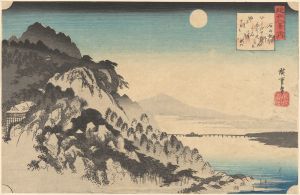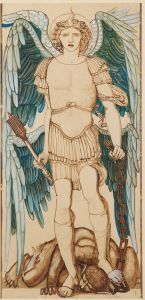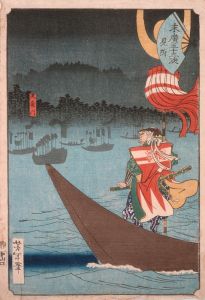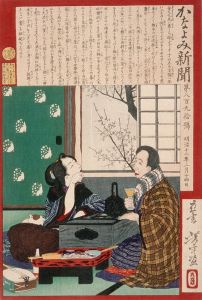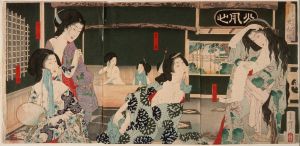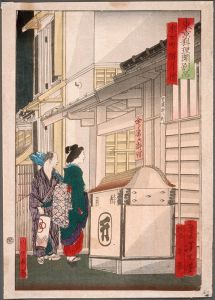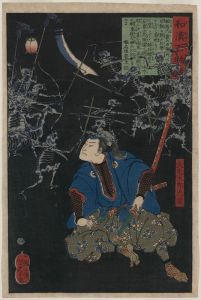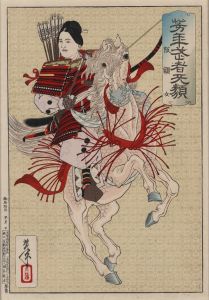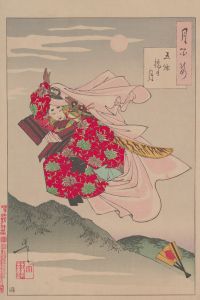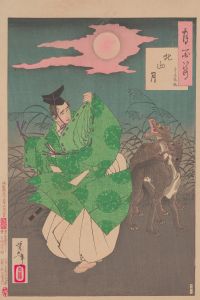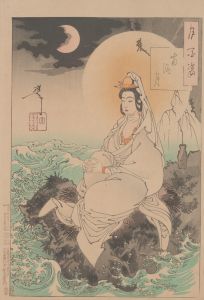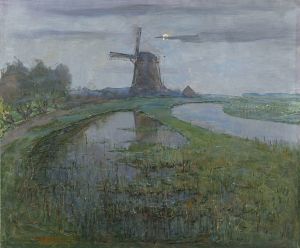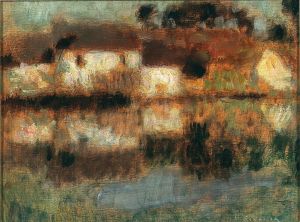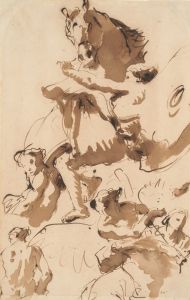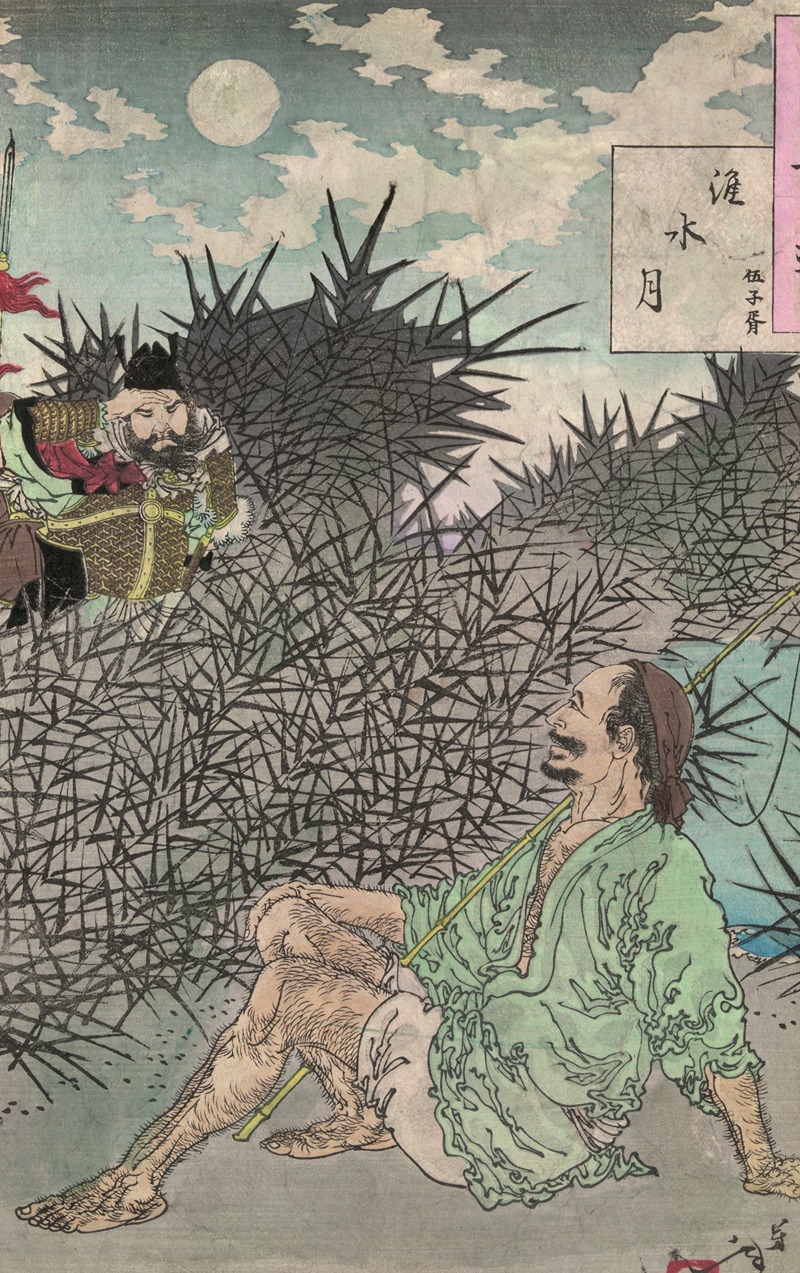
Waisui no tsuki
A hand-painted replica of Tsukioka Yoshitoshi’s masterpiece Waisui no tsuki, meticulously crafted by professional artists to capture the true essence of the original. Each piece is created with museum-quality canvas and rare mineral pigments, carefully painted by experienced artists with delicate brushstrokes and rich, layered colors to perfectly recreate the texture of the original artwork. Unlike machine-printed reproductions, this hand-painted version brings the painting to life, infused with the artist’s emotions and skill in every stroke. Whether for personal collection or home decoration, it instantly elevates the artistic atmosphere of any space.
"Tsukioka Yoshitoshi (1839–1892) was a renowned Japanese artist known for his woodblock prints and paintings, particularly during the late Edo and early Meiji periods. He is often celebrated for his innovative approach to traditional ukiyo-e art, which he revitalized during a time when Western influences were becoming more prominent in Japan. One of his notable series is the 'One Hundred Aspects of the Moon' (Tsuki hyakushi), which he worked on from 1885 to 1892. This series is a collection of 100 woodblock prints that explore various themes related to the moon, drawing from history, literature, and folklore.
'Waisui no tsuki' is one of the prints from this series. The title translates to 'Moon of the Enemy's Lair,' and it reflects Yoshitoshi's interest in historical and legendary narratives. Each print in the series typically features a scene illuminated by the moon, which serves as a unifying motif. Yoshitoshi's work in this series is characterized by its dramatic use of color, intricate detail, and the ability to convey emotion and narrative depth.
Yoshitoshi's 'One Hundred Aspects of the Moon' series is significant not only for its artistic merit but also for its cultural and historical value. It captures the transition of Japan from the Edo period to the Meiji era, a time of significant social and political change. The series reflects Yoshitoshi's mastery of the traditional ukiyo-e style while also incorporating new techniques and perspectives that were influenced by the changing times.
The 'Moon of the Enemy's Lair' print, like others in the series, is likely to depict a scene from a well-known story or historical event, although specific details about this particular print are not widely documented. Yoshitoshi often drew inspiration from classical Japanese literature, kabuki theater, and historical events, infusing his work with a sense of drama and narrative.
Yoshitoshi's work, including 'Waisui no tsuki,' is appreciated for its ability to evoke a sense of nostalgia and reflection on Japan's cultural heritage. His prints are considered masterpieces of the ukiyo-e tradition and are studied for their artistic techniques and cultural significance. Today, Yoshitoshi is regarded as one of the last great masters of ukiyo-e, and his 'One Hundred Aspects of the Moon' series remains a testament to his skill and creativity.
In summary, 'Waisui no tsuki' by Tsukioka Yoshitoshi is a part of his celebrated 'One Hundred Aspects of the Moon' series, which showcases his ability to blend traditional Japanese art with the evolving cultural landscape of his time. The series remains an important part of Japan's artistic heritage, admired for its beauty, storytelling, and historical context."





